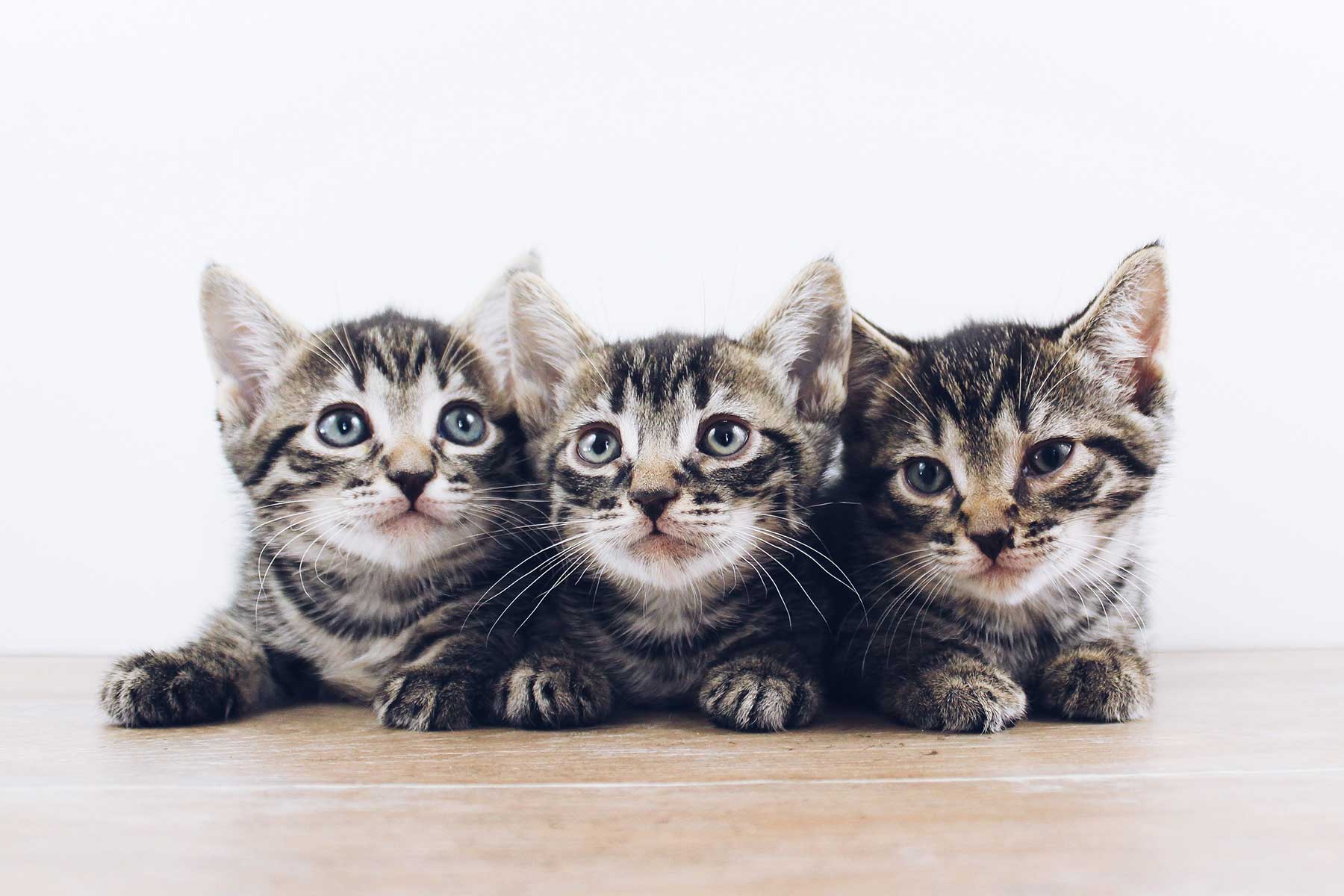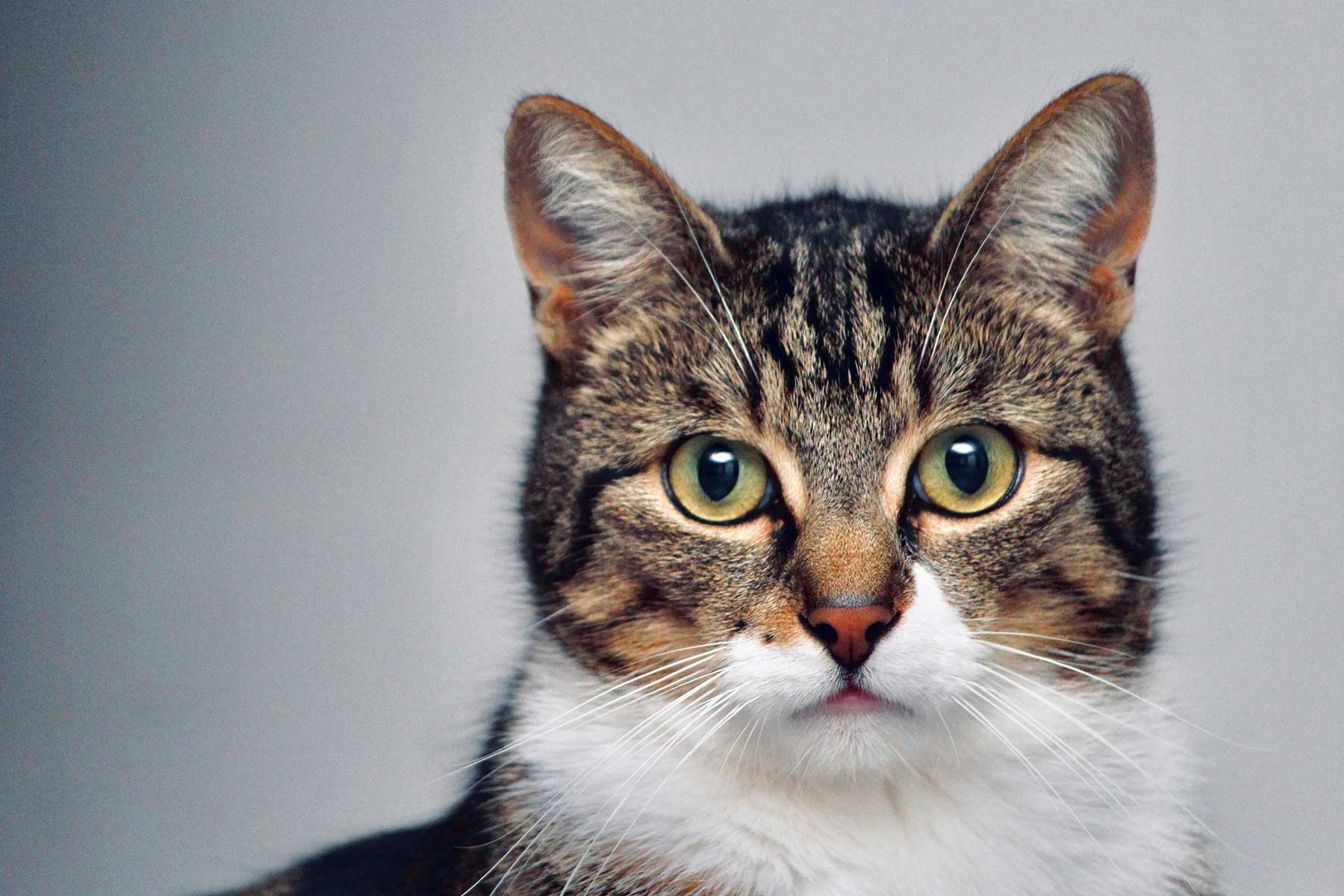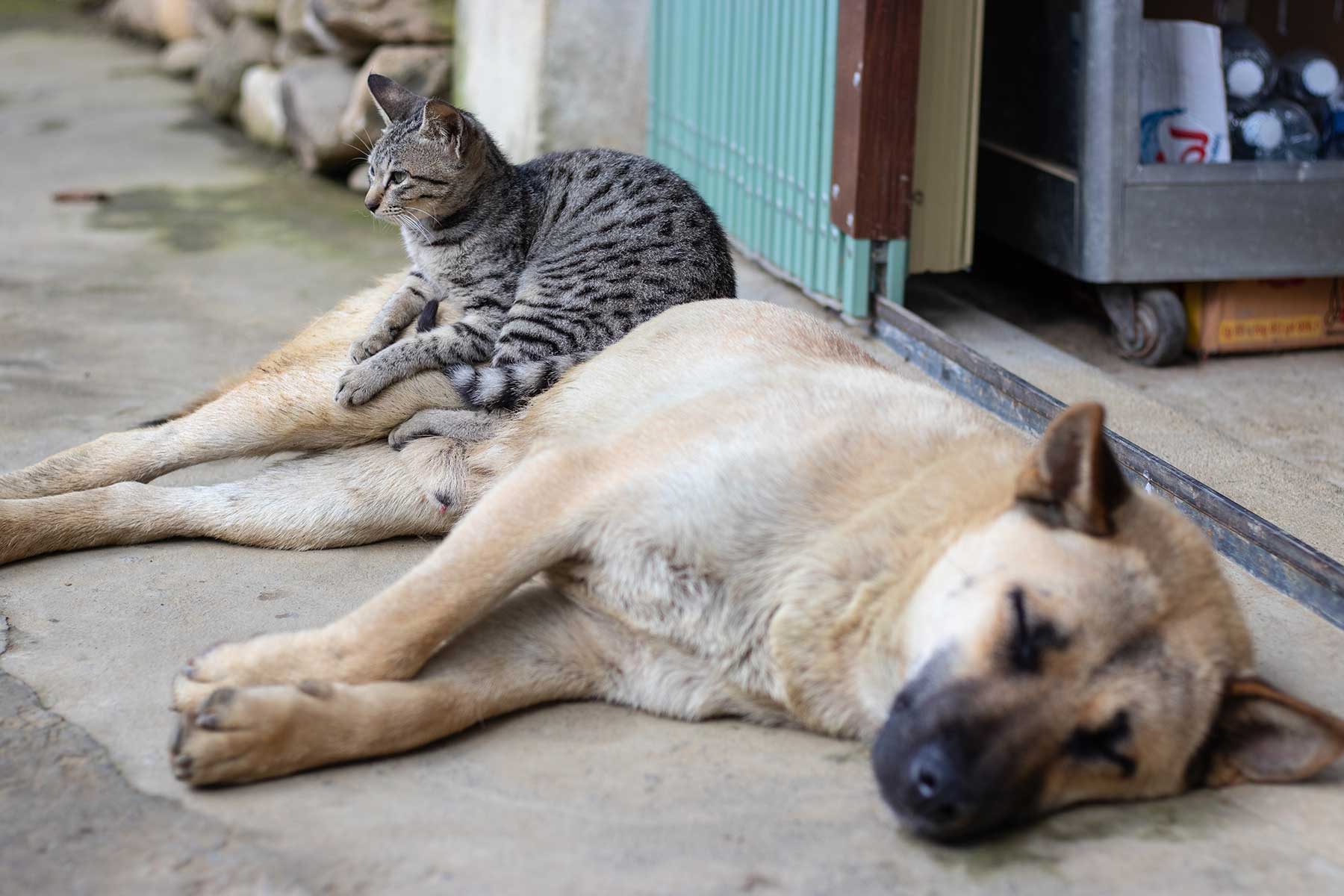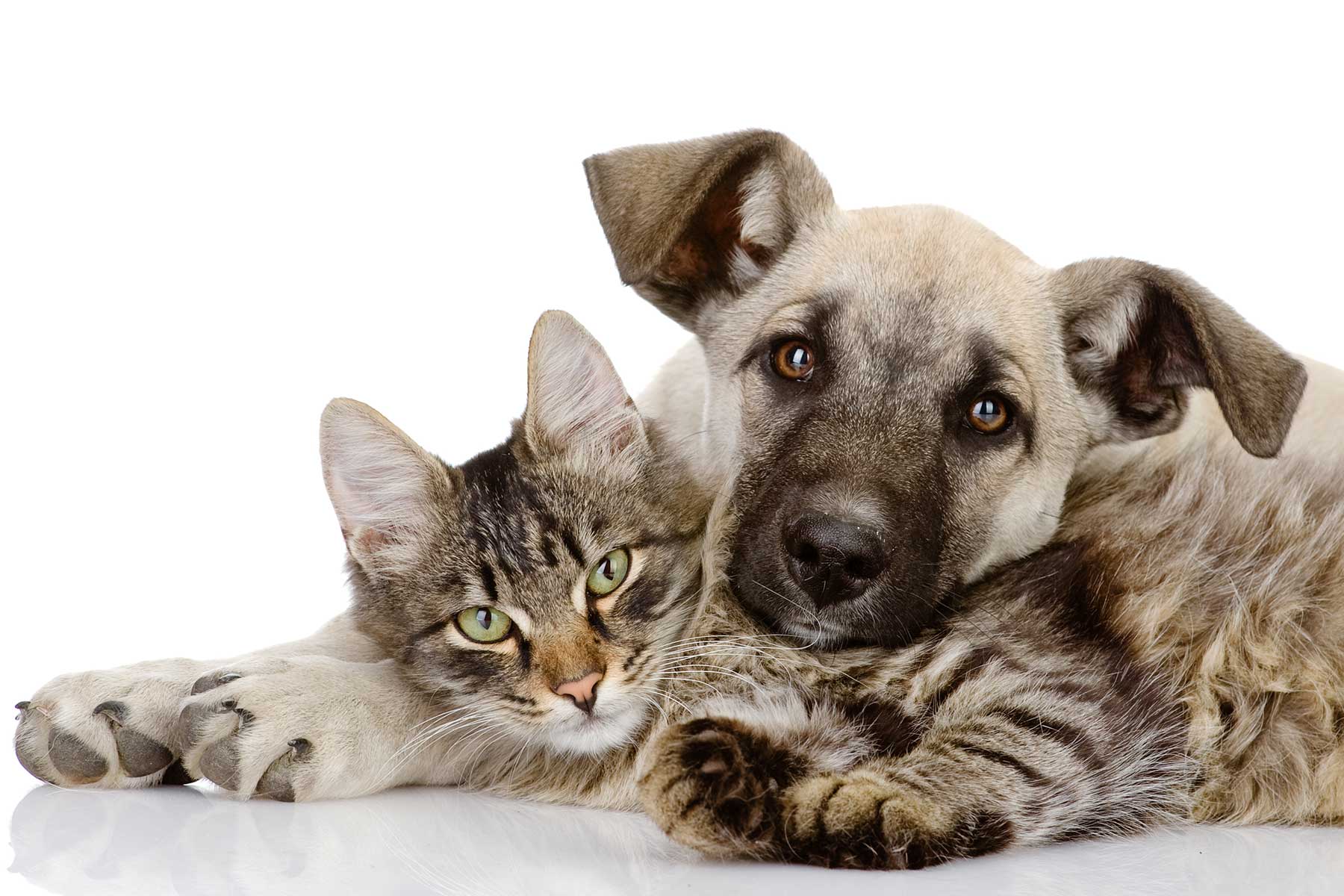Chlamydophila, Leukaemia, Panleukopenia are just some of the words you may hear your veterinarian referring to when discussing cat diseases in the community. With a cross between medical terminology and more common names, it can all get a little confusing. So to help out here is a list of the most commonly discussed cat diseases we vaccinate against and some of the names you will hear used.
Feline Enteritis also known as Panleukopenia
Onset of this disease is very rapid and can often be fatal. Cats become infected by direct faecal and oral contact as well as indirectly by contaminated objects such as food bowls, bedding, floors and contact by hands. Signs include high temperature, loss of appetite, depression, vomiting and diarrhoea. Vaccination is very effective and has thankfully reduced the incidence of the disease, however enteritis can easily become infectious amongst an unvaccinated and susceptible population.
Feline Leukaemia Virus also abbreviated to FeLV
By attacking the immune system this virus makes cats more susceptible to infection and illness as well as prone to developing certain cancers. Cats become infected by mutual grooming, sharing food and water, mating or from bites from infected cats. Symptoms are non-specific including weight loss, lethargy, and poor health. A blood test can detect if a cat is infected, however there is no treatment for this fatal virus.
Chlamydophila previously known as Chlamydia
Chlamydophila primarily causes conjunctivitis in young kittens and upper respiratory tract disease. Cats become infected by direct contact with other cats. Clinical signs usually develop within a few days to a week after infection and begin as a watery discharge from one or both eyes.
Feline Respiratory Disease – may be referred to as Cat Flu, Herpes Virus, Rhinotracheitis or Calicivirus
Once a cat is infected, flu like signs will be exhibited for a short period of time. The virus however, remains latent within the body and can recur. This is often brought on about by stress. Cats become infected by close contact with other cats. Signs include sneezing, coughing, eye and nose discharge, loss of appetite and sometimes ulcers on the tongue. This can lead to severe dehydration and debilitation which can be fatal.
Feline Immunodeficiency Virus also referred to as FIV or Feline AIDs
This blood borne viral infection causes Feline AIDs which is potentially fatal. Even though FIV is related to Human Immunodeficiency Virus (HIV), no human has ever been reported to be infected with FIV. Cats become infected with FIV by bite wounds from other cats and can also be transmitted by a mother cat to her kittens across the placenta or through her milk. The virus interferes with the immune system, and initial symptoms such as fever, sores, lesions and diarrhoea progress to severe chronic infections as the immune system is overcome. There is no treatment or cure for the virus itself.
Find out the difference between FIV and HIVFIV symptoms, treatment and how to look after a cat with FIV.
Cat Vaccinations
Vaccinations are administered from kittenhood with boosters given throughout life. Every cat is different and that is why your veterinarian will advise you on which diseases your cat needs to be protected from based on their environment and lifestyle.
To ensure your furry friend can live a long, healthy life it’s essential to vaccinate your cat. Find a local vet near you to book an appointment today.











